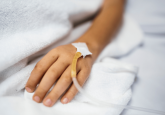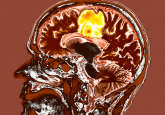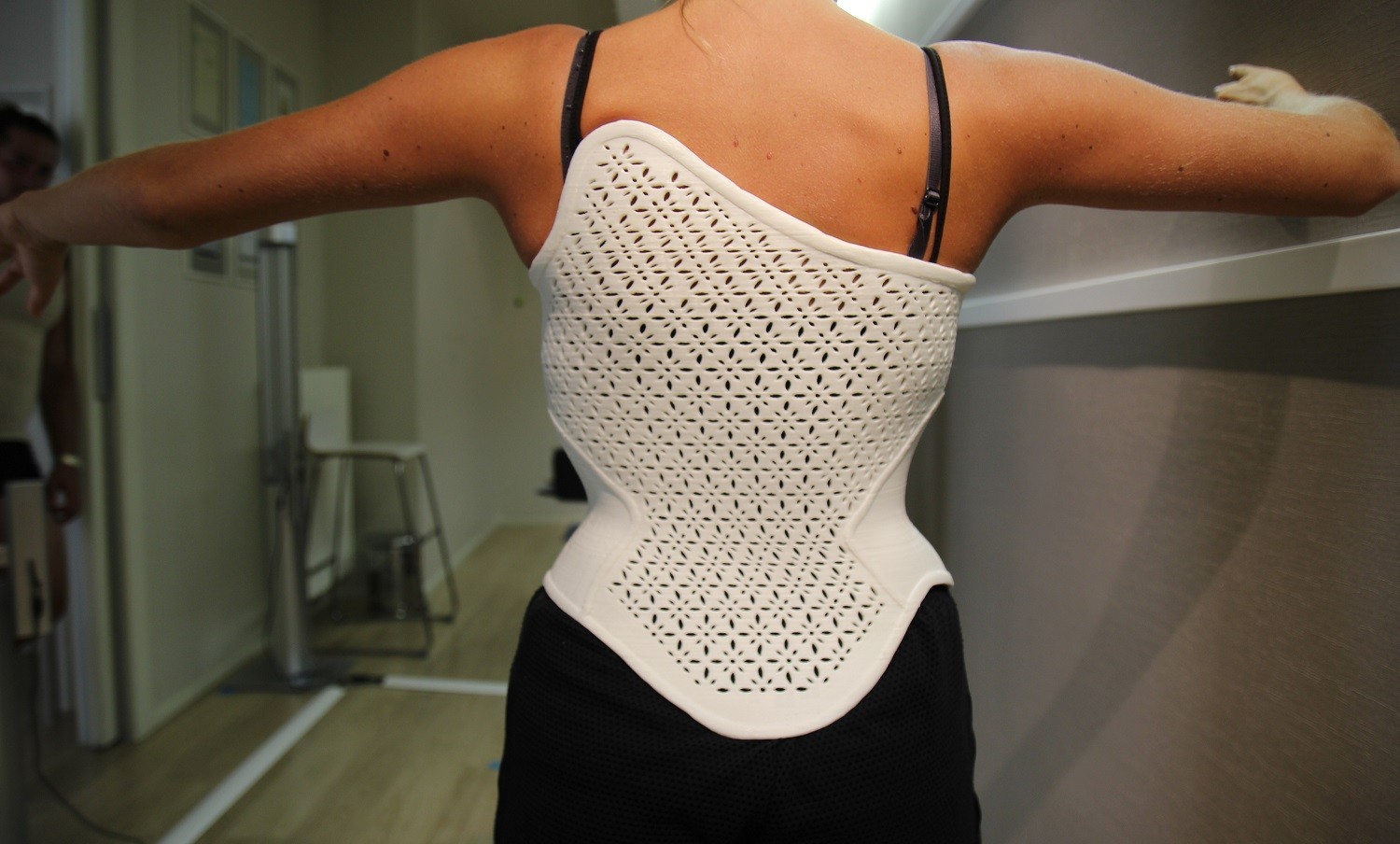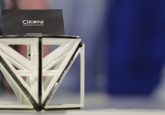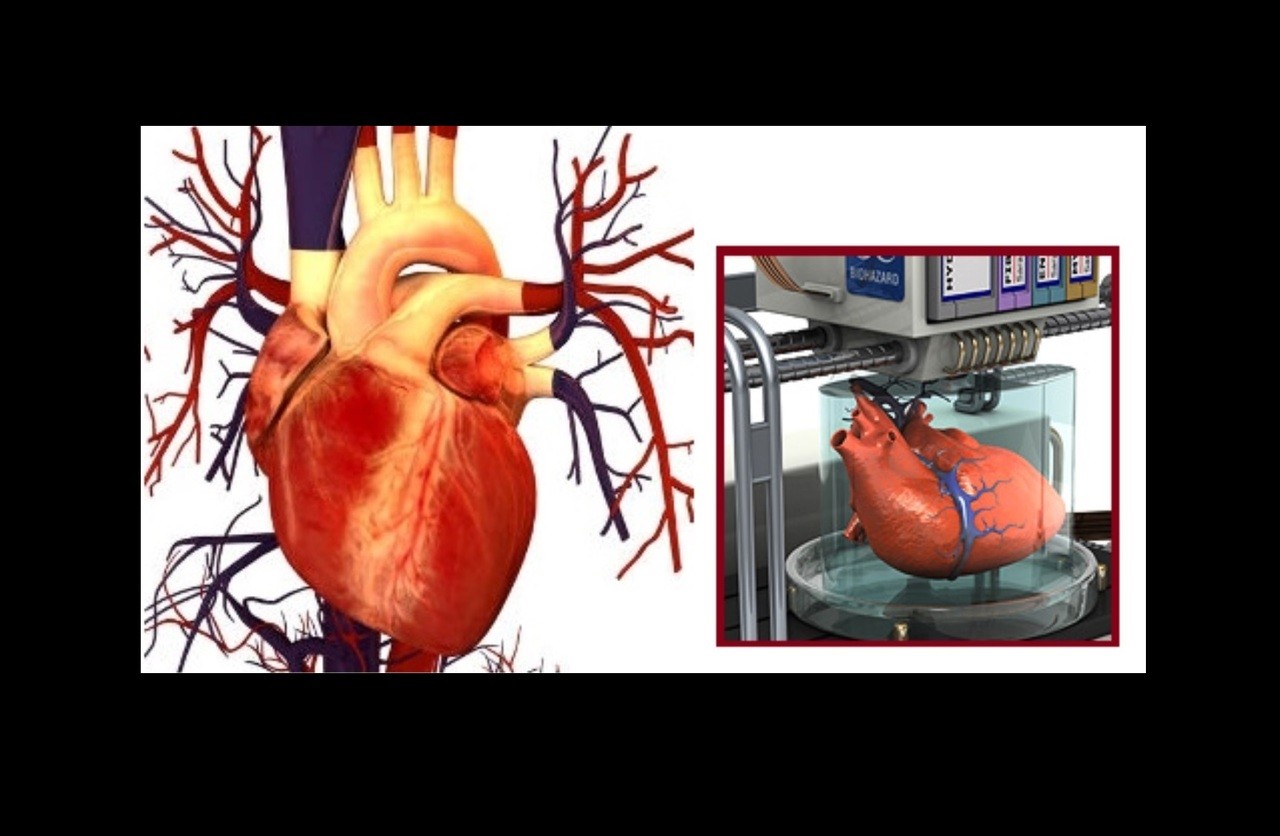An interview with Shaochen Chen: 3D bioprinting for cancer tissue modeling and drug testing

In this interview, we talk to Shaochen Chen from the University of California, San Diego (UCSD, CA, US) about utilizing 3D bioprinting for cancer tissue modeling and drug testing. Shaochen outlines current applications, which cancer areas could benefit most from 3D bioprinting and what the future holds for this innovative technology in tackling one of leading causes of death worldwide.
Biography:

Shaochen Chen is a professor at the Department of Bioengineering and Chair of the Department of Nanoengineering at UCSD. He is also the founding Co-Director of the Biomaterials and Tissue Engineering Center at UCSD. Prior to joining UCSD , Shaochen was a professor and Henderson Centennial Endowed Faculty Fellow in engineering at the University of Texas (TX, US) from 2001 to 2010. Between 2008 and 2010, he served as the Program Director for the nanomanufacturing program at the National Science Foundation (NSF, VA, US).
Among his numerous awards, Shaochen received the NSF CAREER Award, Office of Naval Research Young Investigator Award (VA, US) and National Institutes of Health Edward Nagy New Investigator Award (MD, US). For his seminal work in 3D printing, bioprinting and nanomanufacturing, he received the Milton C Shaw Manufacturing Research Medal from the American Society of Mechanical Engineers (ASME, NY, US) in 2017.
Shaochen is also an elected member of the National Academy of Inventors (FL, US) and the European Academy of Sciences and Arts (Salzburg, Austria). Further, he is a fellow of the American Association for the Advancement of Science (PA, US), the American Institute for Medical and Biological Engineering (WA, US), the American Society of Mechanical Engineers (NY, US), the International Society for Optical Engineering (WA, US) and the International Society for Nanomanufacturing (Dublin, Ireland).
Shaochen’s primary research interests include 3D printing, bioprinting, biomaterials, nanomaterials, stem cell research, regenerative medicine and tissue engineering. He has published over 170 papers in top journals. He is also the Co-Founder of Allegro 3D (CA, US), which commercializes 3D bioprinting technologies.
What are the applications of 3D bioprinting for cancer tissue modeling?
3D bioprinting enables more biomimetic modeling of cancer tissues in both cellular and extracellular matrices compared to traditional in vitro models. Although conventional tissue engineering techniques can combine scaffolds and cells to generate living tissues, resulting structures usually have bulk features and lack the spatial localization of multiple cell types. Major applications of 3D-printed cancer tissue modeling include the mechanistic investigation of cancer onset and progression, which involves cellular crosstalks and cell–matrix interactions and, second, the screening of compounds and drugs for more realistic predictions of clinical outcomes.
How do these applications extend to drug testing?
3D bioprinting is a versatile technology whereby various relevant cell types and materials can be included in modeling in order to enhance the clinical relevance of tissue models. By involving different cell types to print the cancer models, it is possible to investigate the drug and its compound mechanisms. For example, some drugs may target the non-cancerous cells within the tumor microenvironment, such as immune cells and vascular cells. By integrating these cells into the 3D-bioprinted tumor models, it is possible to investigate the synergistic effects of combining these drugs with existing cancer-killing drugs.
What are the major findings thus-far in studies utilizing 3D bioprinting for cancer tissue modeling and drug testing?
Firstly, many different cancer models have been generated utilizing 3D bioprinting, including models for glioblastoma, melanoma, lung cancer and colorectal cancer. Studies so far have shown that 3D-bioprinted samples can emulate the transcriptional profiles and drug responses better than traditional cancer cell models. Studies have also revealed that immune cells, when transitioned to tumor-associated phenotypes in 3D-bioprinted samples, can enhance drug resistance and stemness of cancer cells. Studies have further revealed that 3D-bioprinted tumor models generally exhibit higher tolerance to drug treatment compared to 2D cell cultures, which has now been recognized as sometimes limited in predicting the clinical outcome of drugs.
Have certain cancers benefitted more than others from utilizing 3D bioprinting for cancer tissue modeling and drug testing and, if so, why?
Cancers that have specialized local architecture will benefit more from 3D printing. For example, brain tumors are usually protected by a special structure called the blood–brain barrier (BBB), which is very challenging to replicate utilizing other methods such as 2D cell culture or organoid technologies. By utilizing 3D bioprinting, it is possible to incorporate the BBB into tumor models, which will provide more reliable drug testing results because over 98% of drugs cannot pass the BBB.
Additionally, the many cancers that experience high infiltration of immune cells and stromal cells will also benefit more than others from the utilization of 3D bioprinting technology. This is because 3D-bioprinted models can include both non-cancerous and cancerous cells at predetermined concentrations with clinical relevance.
Lastly , it is important to note that immunotherapies can provide a promising treatment option for many cancer patients, especially for those who do not respond to chemotherapies or targeted therapies. However, most current cancer models lack essential immune cells and thus cannot be utilized to study tumor–immune interactions or responses to immunotherapies. By utilizing 3D bioprinting technologies, this issue can be tackled.
Do you predict any challenges in the further application of 3D bioprinting for cancer tissue modeling and drug testing?
Some major challenges for drug testing on 3D-bioprinted cancer models include vascularization, standardization and throughput.
First, 3D-bioprinted cancer models face the challenge of lacking functional vasculature. In contrast, cancer tissues in vivo can grow to large sizes but with a relatively small necrotic core. Additionally, active angiogenesis events that occur within the tumor regions bring nutrition and oxygen, which is essential for cell survival, to tumor tissues. Although it is possible to fabricate large tissue models utilizing 3D bioprinting technologies, the lack of functional blood vessels leads to significant cell death within the bioprinted tissues due to the diffusion limit.
Another challenge of drug testing on 3D-printed cancer models involves potential variability across samples. This occurs because, although the printing processes and materials can be controlled to maximize reproducibility, the cells in the 3D-printed samples naturally respond to the microenvironment and consequently develop high heterogeneity.
Lastly, traditional drug testing is usually performed on 2D-cultured cells in 96, 384 or even higher throughput but this is not always the case for 3D bioprinting techniques. However, leading bioprinting companies, such as Allegro 3D, are developing 3D bioprinters that utilize digital light processing (DLP) to create 3D cancer tissue models for high-throughput screening applications.
What 3D bioprinting technologies are particularly promising for future cancer tissue modeling and drug testing?
Various 3D bioprinting technologies can precisely control the distribution of cells and extracellular matrix biomaterials to build cancer models for drug testing. Among them, extrusion-based 3D bioprinting techniques are highly flexible and can switch between multiple materials or cell components. Additionally, light-assisted bioprinting methods, utilized by DLP bioprinters for example, can fabricate tissue models within 10s of seconds. These currently represent the most efficient bioprinting technologies. The high printing speed and cell viability enabled by DLP bioprinters provide an opportunity for high-throughput drug screening. Lastly, incorporating the advantages of different 3D bioprinting technologies may enable us to generate faster and more complex cancer models.
You may also be interested in:
